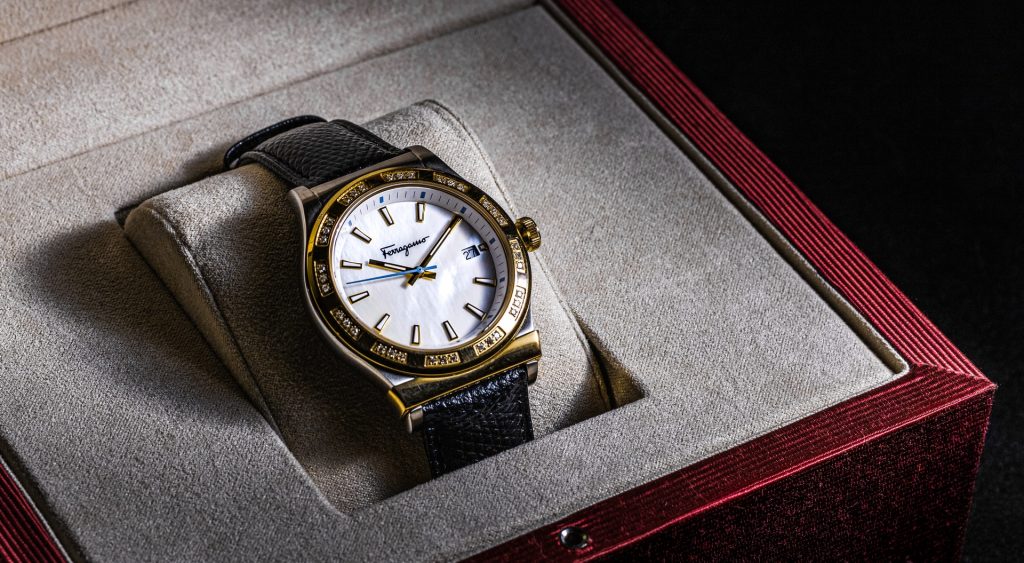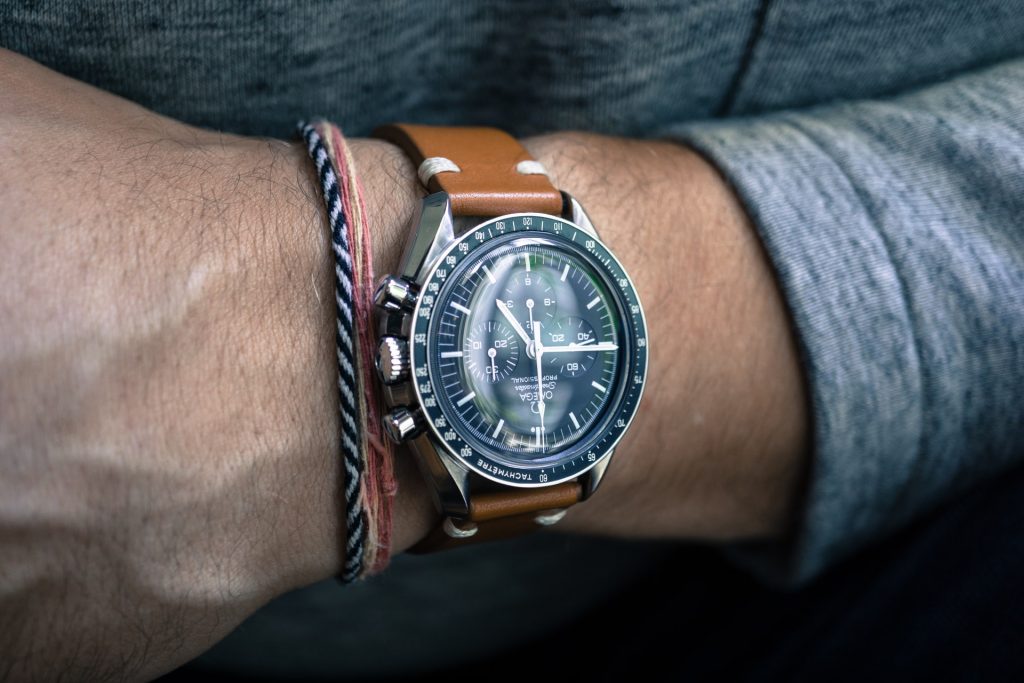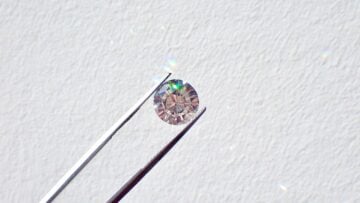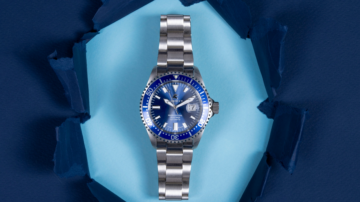Although many watches are designed to be robust and resilient, they often still require a level of care. Avoid breaking your watch with these 5 tips we have put together. Watch repairs can be costly and lengthy. This means that a favourite model may have to spend significant amounts of time at a repair facility. This is far from ideal for most watch collectors as they enjoy being able wear and use their favourite timepieces. It is incredibly important that watches are carefully cared for and looked. This will ensure that they can perform how they were intended to. If you are researching how to care for your timepieces, keep reading for our 5 tips to avoid breaking your watch.
5 Tips to Help You to Avoid Breaking Your Watch
1. Store your watch properly.
Watch storage is an issue that many new watch collectors have to overcome. It is important that watches are stored properly to prevent any accidental damage being caused. A watch should never be kept on its front or on its crown. If a watch is placed with the dial facing downwards, the crystal may be scratched by any dirt that is already on the surface.
To prevent this happening, a watch should always be stored with the dial facing upwards. It ought to preferably be covered to protect it from dust and dirt that may damage it. Additionally, a watch should not be stored on its side. This can put stress on the crown and has potential to damage the interior workings of a timepiece. Watch storage boxes will provide a collector with the perfect place to keep their watch after a long day of wear. A collector should search for a box with a soft interior that can be closed to protect their timepiece.
2. It is important to understand a watch’s water resistance rating.
Many watch collectors will choose a timepiece based on its water resistance. Different levels of water resistance are suitable for different activities and purposes. Many watches have a level of water resistance that makes them able to withstand the small amounts of water they may encounter throughout daily life. However, it it vital that a watch collector properly understand what the water resistance of their timepiece means and what it will allow them to do whilst wearing the timepiece.
If a watch is worn beyond its level of water resistance, water may be allowed into the movement. This would cause damage to the watch and may cause it to stop working. Water damage is one of the hardest things to treat in a watch, so it is best to avoid it. Knowing the limitations of a water resistance rating will mean that the watch will be worn for occasions it is properly suited to. This will allow the wearer to avoid causing damage to their timepiece.
3. A watch should only be opened by authorised repair people.
Opening a watch case can be a rather risky business. It exposes the movement and provides an opportunity for dust, dirt and moisture to get in. As any watch collector will know, these are things to be avoided at any cost. A watch wearer should not open a watch case themselves. When a watch repair is conducted, the case is opened in an optimal environment to ensure that the movement is well protected for the duration of its exposure. Additionally, when a watch is opened the seals are disturbed. It is vital that these seals are returned to their original state, otherwise the water resistance of the watch may be compromised. However, in the hands of an authorised repair person, a watch will be properly cared for. It is advised that a watch collector research an appropriate place to send their watch for repair to avoid opening the case themselves.
4. Watches ought to be worn regularly.
Watch movements require regular movement or winding. Without this, a movement may seize up and cease to function as it was built to. To avoid this, a watch ought to be wound or worn regularly. Automatic watches are wound when they are worn. The natural movement of the wrist provides the movement with power. Hand-wound watches must be regularly wound to ensure that the movement keeps ticking. These processes can either be done by hand, or using a watch winder. Watch winders are special watch storage boxes that replicate the natural movements of the wrist. An automatic watch can be kept in one of these boxes to ensure that the movement is not allowed to stop. This will also prevent the movement from seizing and becoming damaged.
5. It is important that watches are kept away from magnets.
Magnets are the enemy of watch movements. If elements of the movements become magnetised, they will not move as they are meant to. This will lead to the watch becoming inaccurate and unusable. A magnetised watch is incredibly difficult and expensive to fix, so it is advised that watches be kept away from magnets all together. Some watches are built to have a level of magnetic resistance meaning that they won’t be quite so severely affected by magnets. However, it is not worth the potential damage to knowingly take the risk. A watch wearer should be mindful about where they store their watch and ensuring that it is away from magnets and electronic devices. This should prevent any accidental damage.
What are your thoughts on our 5 tips to avoid breaking your watch? Do you have any other good pieces of advice to share? Let us know in the comments!










